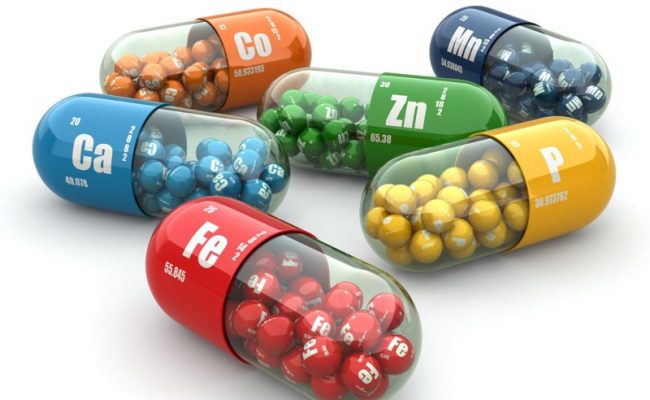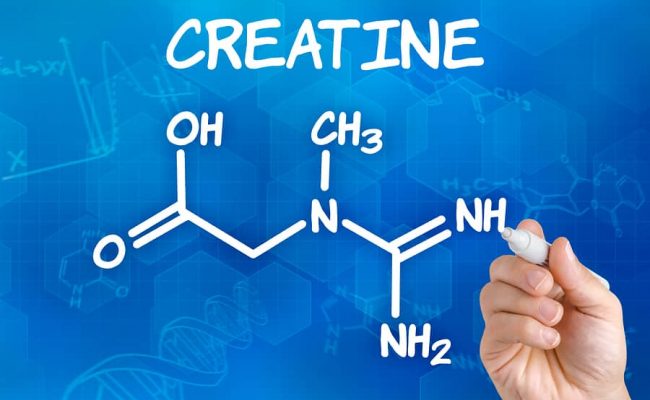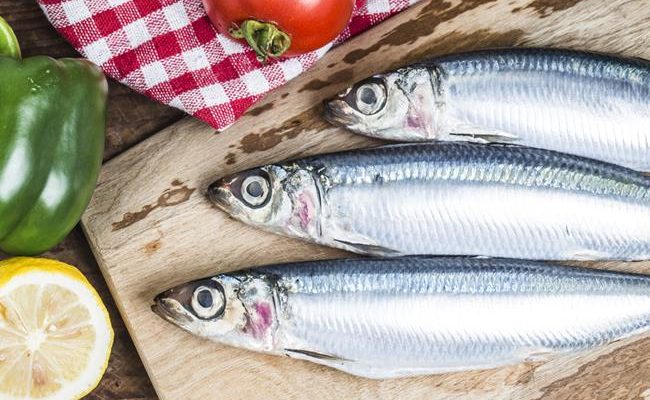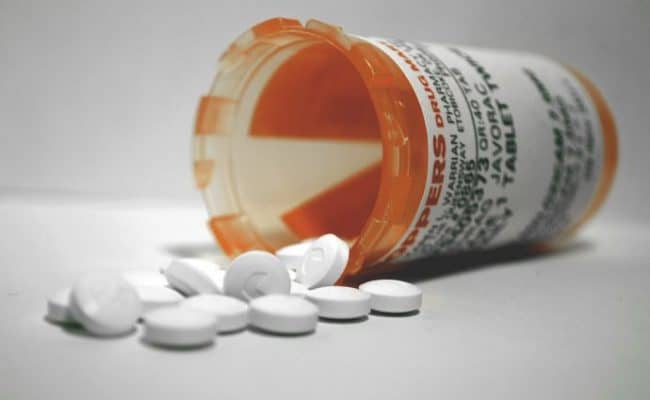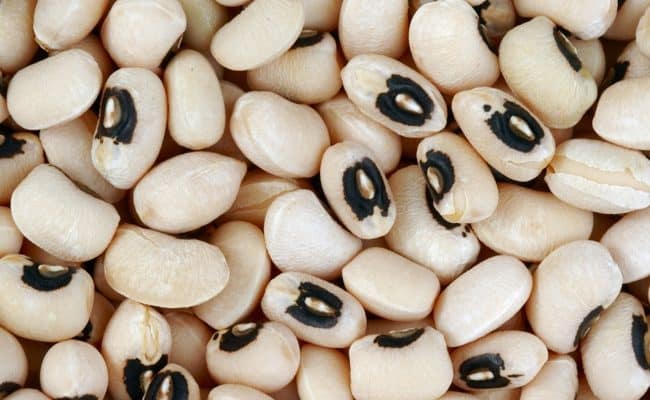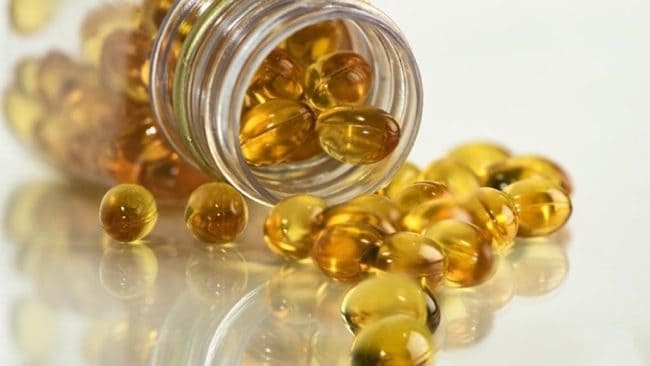
Folate is naturally found in dark green leafy vegetables, asparagus, avocados, legumes, peanuts, eggs, poultry, fish and many fruits and vegetables. When folate is synthetically made and added to food or in a supplement it is called folic acid. Both folate and folic acid have the same functions in the body.
Folate is needed for the synthesis of DNA and RNA needed for cell division, red blood cell formation, nerve function, can help lower risk of cardiovascular disease and lower risk of neural tube defects during pregnancy.
In 1998, the FDA required folic acid to be added to enriched grain products like breads, cereals, pasta and flour. Folic acid was added to these products to increase the amount of folic acid Americans were getting and to lower the risk for neural tube defects for pregnant women.
Pregnant women and other population groups are at risk for not getting enough folate, but most healthy adults generally get adequate folate intake from food.
The way the body handles folate from food is a little different than folic acid from supplementation. They generally have the same functions in the body, but the absorption is different, and there are some potential risks for getting too much supplemental folic acid.
The chemical difference
The chemical makeup of folate is a little different than folic acid. Folate from food can come in various polyglutamates, and folic acid has one glutamic acid (1). Various folate forms from food are changed in the small intestine into tetrahydrofolate (THF) which enters metabolic breakdown.
When would folic acid supplement be needed?
It is recommended for pregnant women to supplement with folate/folic acid, and this is why prenatal vitamins are fortified with extra folate. The fetus is going through rapid cell division, which requires a higher amount of folate.
If not enough folate is available, neural tube defects can occur. Non-Hispanic black women are also at a higher risk for inadequate intake compared to other women.
According to NHANES data from 2003-2006, most Americans are getting enough folate through the diet. A folic acid supplement may be necessary for someone who is malnourished and not getting adequate nutrients through the diet.
If someone is folate deficient, it may be from inadequate food intake or malabsorption issues. Excess alcohol can also interfere with folate absorption.
Can you get too much folate or folic acid?
About 35% of adults are taking a vitamin supplement with folic acid, and adults between 51-70 years old are more likely to be taking supplements with folic acid.
This age group is also most at risk for getting too much folate. Getting too much folate from food is not a concern, but there is a recommended upper limit (UL) for folic acid. The UL for folic acid for adults is 1,000 mcg.
If someone is taking a lot of various supplements and eating foods fortified with folic acid, it could be possible to get above the UL of folic acid. Folic acid can also interfere with various medications, so speak with your doctor if you are on medication and wondering about folic acid supplementation (2).
If you take multiple daily supplements, check the levels for folic acid and make sure they are under the 1,000 mcg level.
A main concern for getting above the UL of folic acid is that it can mask a vitamin B12 deficiency. Both B12 and folate help with red blood cell formation, but taking excess folate and not enough B12 for a prolonged period of time could lead to nerve damage.
Difference between folate and folic acid for absorption
Folate from food is absorbed via active transport and is converted to THF which the body can metabolize. When folic acid is consumed, it is passively absorbed and sent to the liver where a special enzyme is needed to alter the form to THF.
However, there is not a large amount of this enzyme in the liver, so taking folic acid supplements could lead to high levels of unmetabolizable folic acid in the blood stream (3).
Folate from food can be upregulated or down regulated for absorption depending on the body’s need. However, most of folic acid will get absorbed and sent to the liver regardless of the body’s need.
Difference between folate and folic acid for cancer risk
There is an inverse association between folate status and risk for some cancers suggesting that folate may have a role in preventing cancer cell growth (4). What is less clear is the effect of folic acid supplementation on cancer risk.
Some research studies have found no association between folic acid supplementation and cancer risk, and some studies have even shown an increased risk for cancer with supplementation of folic acid.
More research is needed to further clarify the risk or benefit with folic acid supplementation and cancer risk.
Since folic acid is passively absorbed and sent to the liver for altering, the folic acid that does not get converted to a useable THF for metabolism and enters the blood stream may have an impact on cancer development.
Because of the uncertainty of the association between high intakes of folic acid and cancer risk, it is recommended to use caution with high levels of folic acid supplementation especially with people who have a history of certain cancers.
Conclusion
Folate is found in many different foods, and it is not a concern for getting too much folate from food sources. However, some people may be at risk for not getting enough folate from diet including pregnant women and people who are malnourished.
Folic acid supplement can cover the needs for folate when increased.
Folic acid is slightly different than folate and is absorbed differently in the small intestine. There is an UL for folic acid at 1,000 mcg, but there is not an UL from folate from food.
Getting too much folic acid could mask a B12 deficiency, and the impact on cancer risk is not well understood. Folic acid can also interfere with certain medications.
